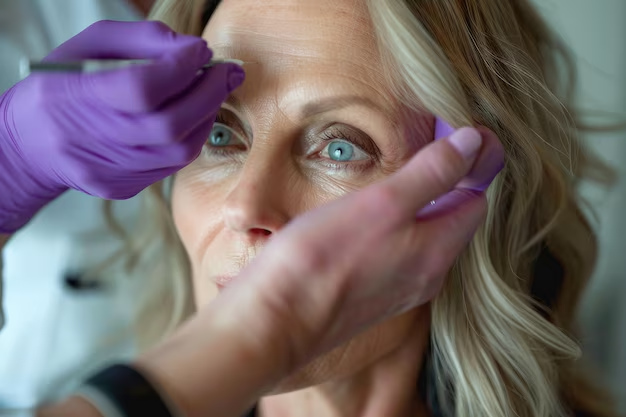Can Medicare Help Cover Your Eyelid Lift Procedure? Here's What You Need to Know
Aging is a graceful process for some, but for others, it brings unexpected challenges—like drooping eyelids. This can be more than just a cosmetic inconvenience; it can impair vision and significantly affect your quality of life. If you're considering an eyelid lift, also known as blepharoplasty, you might be wondering if Medicare can help cover the cost. Understanding the nuances of Medicare coverage for this procedure can help you make informed financial and medical decisions.
When Does Medicare Cover an Eyelid Lift?
Medicare coverage for eyelid lifts isn't universal. Generally, Medicare does not cover elective cosmetic surgeries, including blepharoplasty, as it's primarily considered a procedure for enhancing appearance. However, there are exceptions when the surgery is deemed medically necessary.
For Medicare to offer coverage, you must demonstrate that the eyelid droop affects your vision and daily activities. Here's what you typically need:
- A documented vision test indicating that sagging eyelids obstruct your line of sight.
- A statement from your ophthalmologist or healthcare provider recommending the surgery as a necessity for improved vision.
Your healthcare provider will need to provide evidence through medical records and photographs. Upon successful validation, Medicare Part B could cover a portion of the costs under Outpatient Services.
What Are Your Financial Options if It's Not Covered?
If Medicare doesn't cover your eyelid lift, or only offers partial coverage, you still have several financial avenues to explore.
1. Flexible Spending Accounts (FSA) or Health Savings Accounts (HSA)
These pre-tax savings accounts can be used to pay for qualified medical expenses, potentially including surgery if justified as a healthcare need.
2. Payment Plans through Your Surgeon
Many plastic surgeons offer flexible payment plans to help manage the cost over time. It's advisable to discuss these options and any available discounts during your initial consultation.
3. CareCredit or Medical Financing Options
Specialized medical credit cards like CareCredit let you pay for treatments not covered by insurance. Such options might offer interest-free plans for a specified time, making costs more manageable.
Exploring Broader Financial Assistance Programs
Understanding your financial health helps navigate procedures like an eyelid lift. If cost concerns extend beyond healthcare, other financial assistance programs can provide broader support:
- State and Federal Assistance Programs: These include housing, food, and energy subsidies that can free up personal funds for other uses.
- Debt Relief Options: Consolidation loans or counseling services might assist in reducing overall debt burdens.
- Credit Card Solutions: Balance transfers or low-interest cards can help manage existing debt more efficiently.
In considering any surgical procedure, especially one with costs that might not be fully covered, it's crucial to evaluate your entire financial picture. Utilize available resources not only to seek medical solutions but also to strengthen your overall economic situation.
Helpful Resources for Financial Assistance and Education Opportunities:
- 🎓 Educational Grants: Explore scholarships and government grants to advance your education, potentially increasing your earning power.
- 💳 Credit Counseling Services: Non-profit organizations can offer advice and resources to improve your credit score and financial health.
- 🏠 Housing Assistance: Programs that offer rental support or subsidies can reduce monthly obligations.
- 🔄 Debt Consolidation Programs: Simplify payments and reduce overall debt through structured consolidation plans.
Taking a proactive approach to both health and financial planning can dramatically improve your quality of life, leaving more room for personal and professional growth.

Related Topics
- a Medical Provider That Accepts Medicare Assignment Must
- a Medical Provider That Accepts Medicare Assignment Must Quizlet
- a Medicare Patient Received Treatment That Isn't Covered By Medicare
- a Medicare Patient Receives Treatment That Isn't Covered By Medicare
- a Medicare Supplement Basic Benefit Is Quizlet
- a Medicare Supplement Companies
- a Medicare Supplement Policy Is Quizlet
- a Medicare Supplement Policy Must Not Contain Benefits Which
- a Patient Received Treatment In August Medicare
- Am I Eligible For Medicare